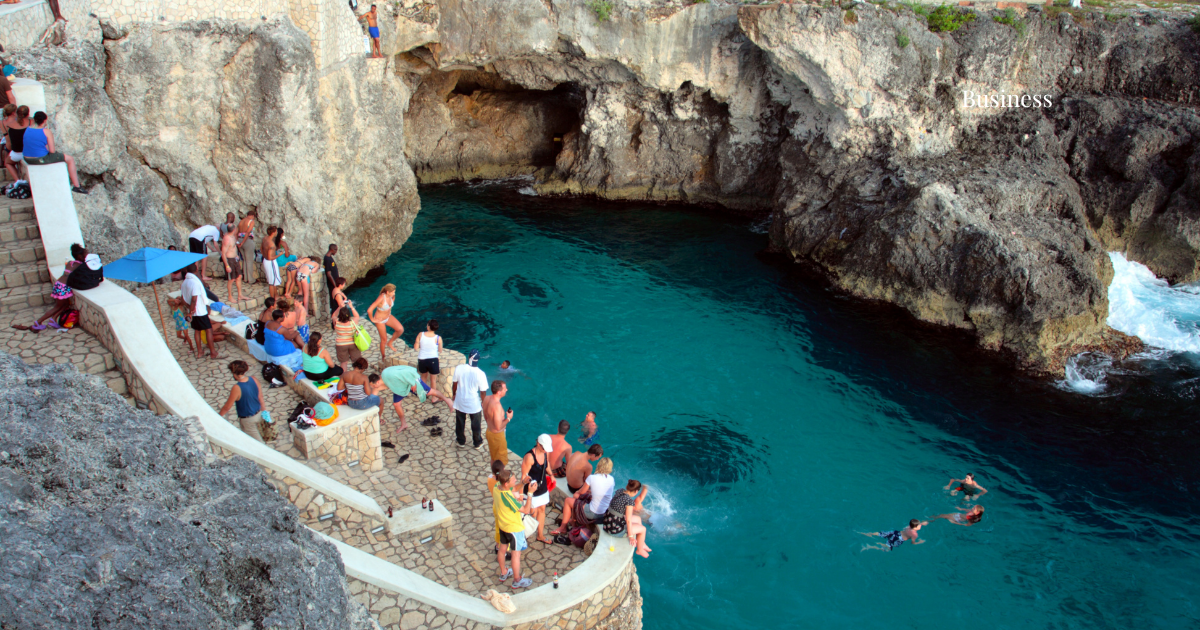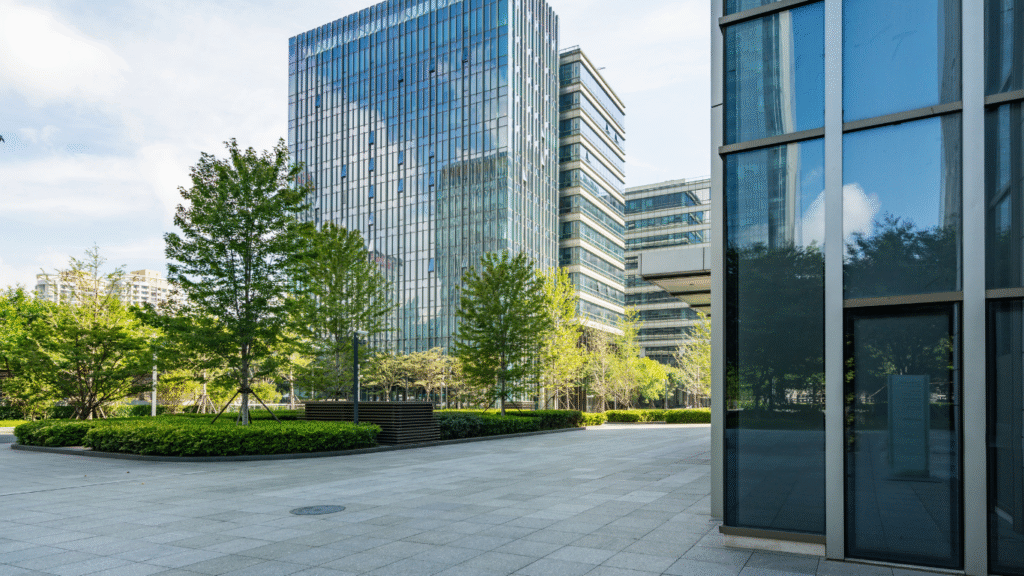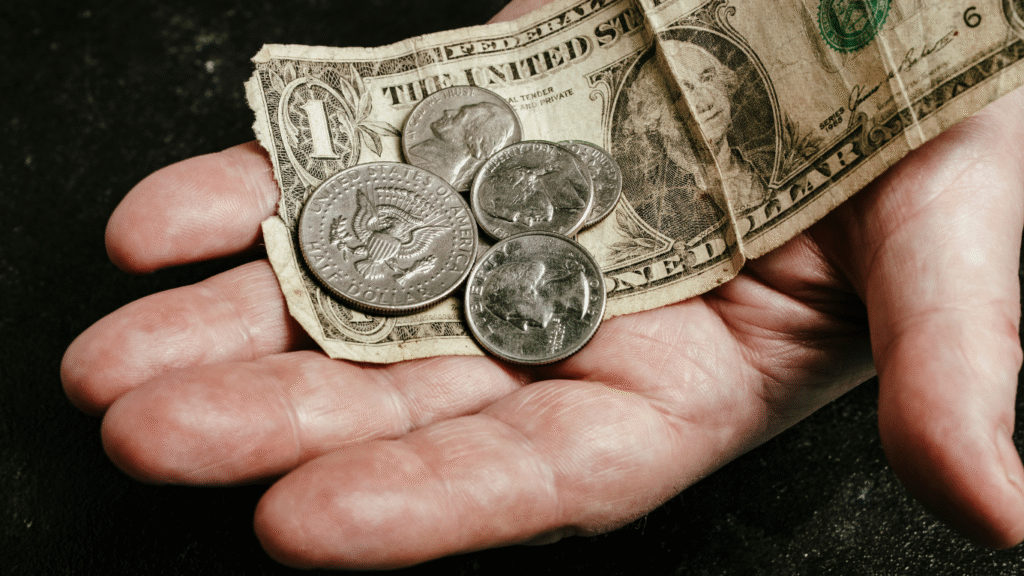In the Caribbean, we don’t call it summer. We call it JAVA, our July/August vacation, when the region comes alive. You know it’s JAVA in the Caribbean when the days feel longer, the pace slows down, and the breeze smells like salt and freedom. Though it is the rainy season, the sun still comes out and there is much to be enjoyed.
There’s no better place to be this time of year. The Caribbean is the perfect tropical getaway. But beyond the blue skies, clear waters, and white sand, the region offers something deeper. It’s not just a beach-hopping destination. It’s a full-on experience packed with vibrant culture and pure vibes. Everything shifts into something slower, warmer, and more alive.
The JAVA State of Mind
Culture really comes alive during JAVA. No school. Less rush. More enjoyment. It’s not just a break, it’s a rhythm.
The season feels like limes that turn into mini fetes, beach towels on dashboards, and little to no responsibility. To us locals, JAVA may be spent liming by a beach or river, cooler packed, pot of food bubbling, and enough drinks to keep cool. Or maybe we’re going all in swimming, surfing, kayaking, or riding a jet ski across the bay.
River and waterfall days are unmatched. Whether it’s a hike, a lime, or just a picnic under the trees, nature’s part of the ritual. The Caribbean has some of the most scenic, breathtaking spots, and JAVA is when we really soak them in.
It’s also a time for family and community. Concerts, sports events, and small-town fairs bring everybody together to enjoy life for what it is.
Food, Family, and Roadside Flavours
Food is always part of the story here. But during JAVA in the Caribbean? It hits different.
You’ll find more roadside vendors, beachside pop-ups, and local food festivals popping off. All year long, vendors prepare for this, even the children bring out their entrepreneurial spirit for the season. Every country’s got their flavour, and during this season, they put it on full display.
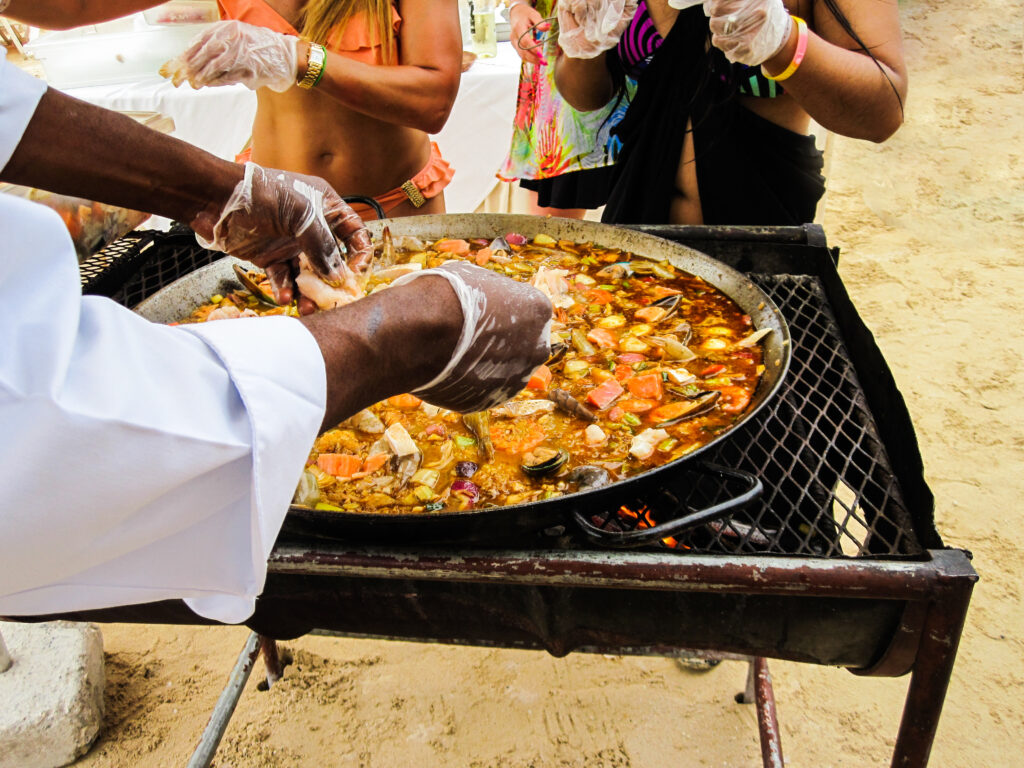
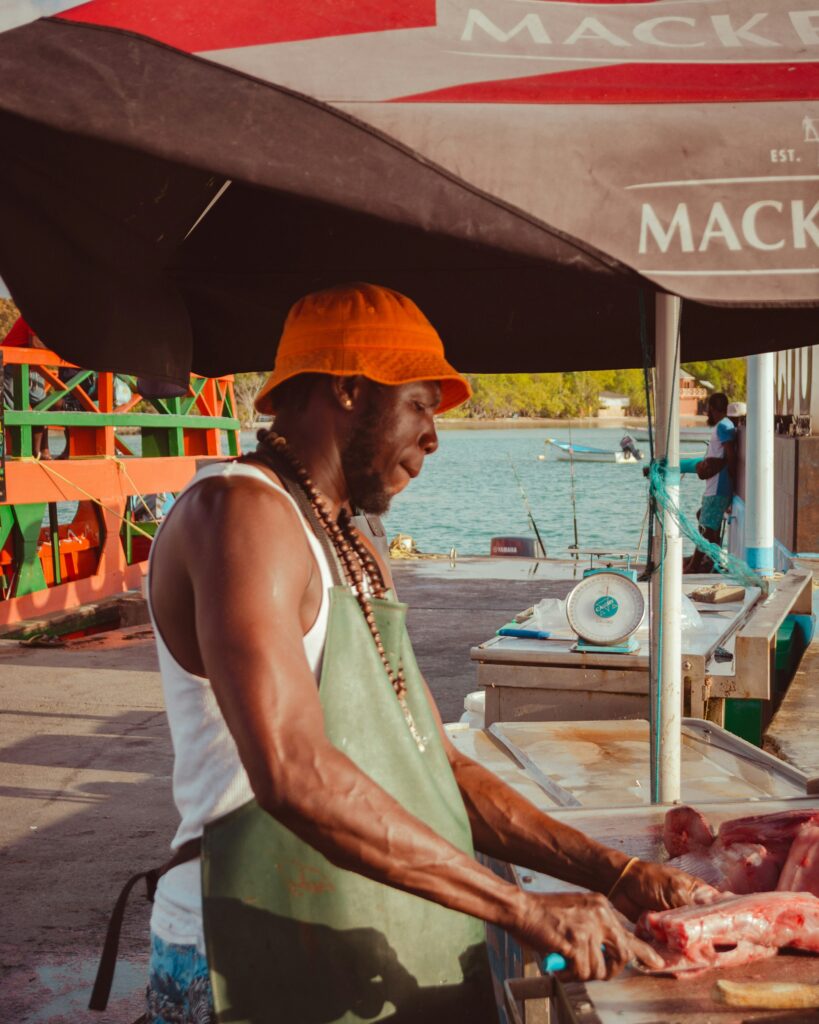
In St. Lucia, people celebrate their love for mangoes with the Mango Madness Festival, cooking classes, harvesting tours, and even mixology sessions. Meanwhile, St. Kitts and Nevis hosts Restaurant Week, where locals and visitors get to enjoy local 3-course meals at special rates across the island’s restaurants.
Let’s not forget rum. Many islands are famous for it, and during JAVA, rum tasting tours draw in both locals and tourists. That rich, bold spirit is as much a part of the culture as the food.
Soundtrack of the Islands
Reggae, dancehall, soca, and calypso are more than genres, they’re the pulse of the region.
JAVA season wouldn’t feel complete without the music that carries us through. From beach limes to boat rides to street parades, there’s always a beat in the background.
In Antigua, the Summer Festival blends beach parties with boat racing, parades, and plenty of live music. And in Jamaica, Reggae Sumfest turns Montego Bay into a week-long musical explosion, featuring legendary reggae icons and rising stars.
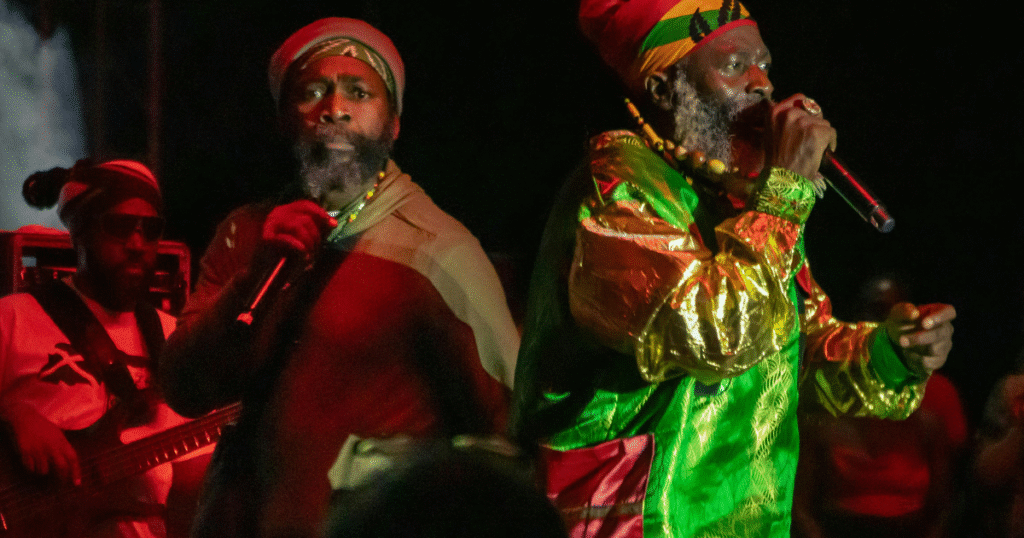
During JAVA in the Caribbean music isn’t just background noise. It’s part of the movement. It’s how we release, express, and celebrate who we are.
Culture in Motion
JAVA in the Caribbean leaves an imprint. It’s a season for making memories.
Youth camps are in full swing, whether it’s sports, religious, academic, or creative. Village tournaments bring out everyone, young and old. And living on an island means domestic travel is always a win. Funny how many of us haven’t explored the gems right at home. It’s the perfect time to become a local tourist.
And inter-island travel? Even better. There’s something special about hopping over to a sister isle for a few days, soaking in their vibe, and still feeling right at home.
The Unseen Economy of JAVA
Java might not be branded as a tourism campaign, but maybe it should be. Quietly, tourism boards rely on it to drive internal traffic.
It’s a season of internal tourism, cultural commerce, microbusiness, and content creation. Vendors make a killing, creatives put their work out there, events boom, and young people build new platforms from pure island energy.
This is the Caribbean at its freest. And everyone plays a part in making the vibe what it is.
You don’t have to be from here to feel it. But once you do, you’ll never forget it.
So, when you land here in July or August, don’t ask what’s going on. Just follow the smell of curry, the sound of laughter, and the rhythm in the breeze. That’s JAVA, you don’t plan it, you just feel it.”
What’s your favourite part of JAVA in the Caribbean?
Share it in the comments, tag a friend you want to lime with, or tell us your best Java memory.
Let’s tell the world what it really means to feel Caribbean.
Want to find out more about what the Caribbean has been up to? Check out the Caribbean 2025 brief.
